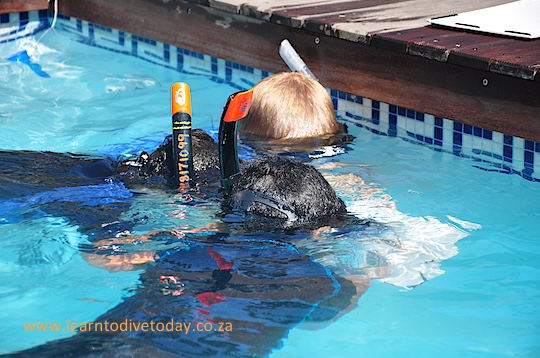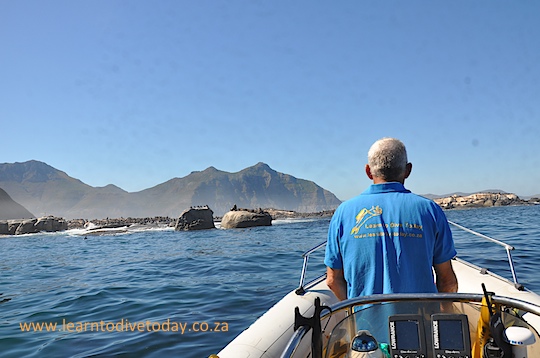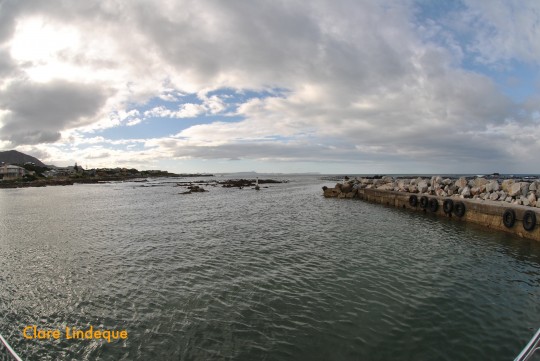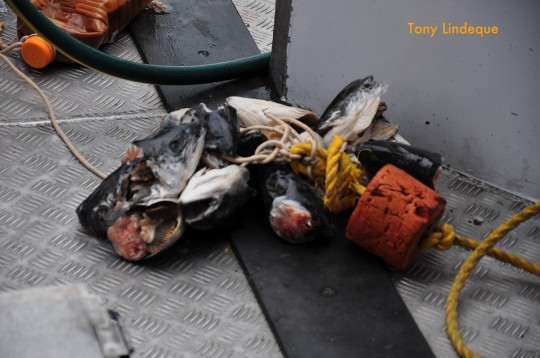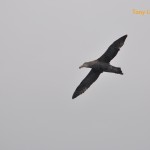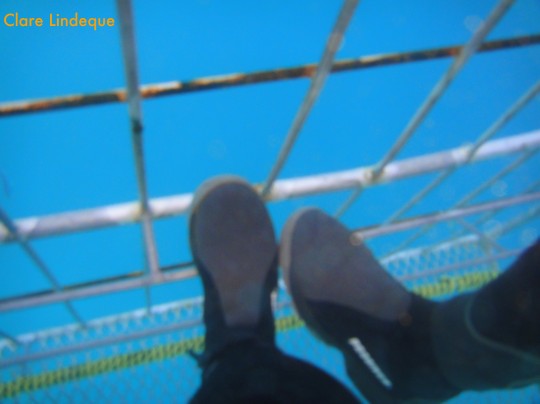Early in November I attended an information session at the Kalk Bay Community Centre, where the City of Cape Town announced that they will be trialling an environmentally friendly cleaning process on five of the 19 tidal pools on the 260 kilometres of Cape Town’s coastline managed by the City. This coast stretches from Silwerstroom on the West Coast to Kogel Bay on the eastern shores of False Bay.
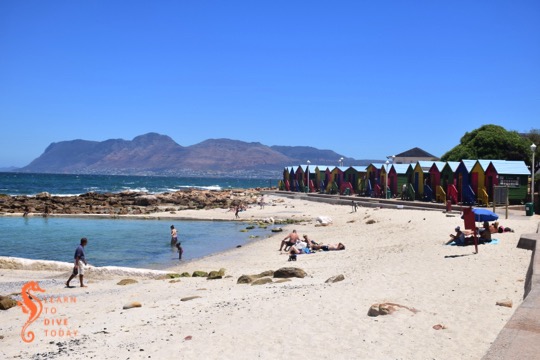
The presentation was made by team members from the City’s Recreation and Parks department, which – among other things – is responsible for beaches, outdoor signage, ablutions, lifesaving, environmental education, and administration of Blue Flag status for the beaches and marinas that earn it. This department is also responsible for the tidal pools. (Incidentally the City’s assortment of safe seawater bathing facilities includes two of the largest tidal pools in the southern hemisphere, at Monwabisi and Strand.)
Until now, the City would use chlorine to clean the walls (top and sides) and steps in the tidal pools. The cleaning would be done after draining the pool completely. This year, a supply chain management issue meant that there was no cleaning of the tidal pools between July and November. During this time, regular swimmers (some of them members of the Sea-Change project) noticed that marine life flourished in the pools, and engaged with the City to try to find a way to keep the tidal pools safe but also to preserve the diversity of marine species that had been thriving in the pools during the cleaning hiatus. Safety, of course, is why they are cleaned: slippery, algae-covered steps are dangerous.

It was agreed that five of the pools – St James, Dalebrook, Wooley’s Pool, and the two pools at Kalk Bay station – would be subject to a trial of a new, environmentally friendly cleaning regimen. These pools are relatively close together in the north western corner of False Bay. The aim is still to ensure that the tops of the pool’s walls and steps are not slippery, and thus safe for bathers. But a second aim has been added by the City, which is to ensure the environmental integrity of the pools.
Under the new cleaning protocol, the following will be done:
- the pools will be drained only when necessary, and only as far as is required to reach areas that are covered by water and in need of cleaning (for example, the steps at Dalebrook)
- animals in harm’s way will be relocated
- excess kelp and sea urchins will be removed from the pools
- the tops of the walls and steps will be scraped to remove algae (the sides of the walls used to be scraped too, but this will no longer take place)
- environmentally friendly chemicals will be used to remove the algal residue after scraping – no more chlorine and no more whitewashing!
All of the above means that the pools will be ready for use by the public immediately after cleaning, in contrast to the old protocol, which renders the pool unusable for a period after the cleaning crew has chlorined it.
I’ve asked the City for more information about the drainage procedure, and for more information about the earth-friendly chemicals that the cleaning contractor will use, but with no response so far. (If I get one I’ll obviously update this post.)

Many of the City of Cape Town’s tidal pools fall within the Table Mountain National Park Marine Protected Area, and it therefore makes perfect sense to aim to protect the animals living in them while maintaining public safety. Dr Maya Pfaff, another speaker at the information session, even suggested that some of the animals that may now thrive in the pools may actually help to keep the water clean. Mussels and feather duster worms filter the water and improve the clarity, algae take up nutrients, and limpets clean algae off the rocks.
Particularly over the festive season, the beaches and tidal pools around Cape Town are extremely busy. This is a wonderful opportunity for thousands of beach-goers to experience both safe swimming and a little bit more of what the ocean has to offer, instead of a sterile, salt-water pool devoid of healthy marine life. Bringing a snorkel and mask with you when next you go swimming will be well rewarded. To see some pictures of the amazing animals – from nudibranchs to a cuttlefish with eggs – in the St James tidal pool, check out Lisa’s instagram profile.
Do you swim regularly in any of the five pools in which the new cleaning regimen is being tested? What do you think about it? If you think that environmentally gentle cleaning of tidal pools is a good idea, what about letting the city know that you appreciate having tidal pools that are both safe and biodiverse. A short message on the City of Cape Town facebook page to say thank you and keep up the good work (and a request to extend it to the other tidal pools) is a good place to start!
You can read a news article about the new cleaning protocol here.









